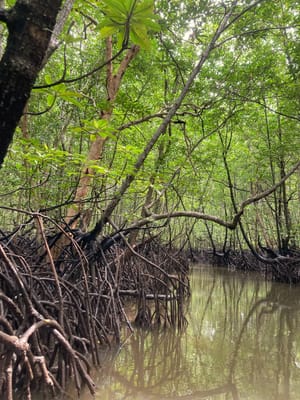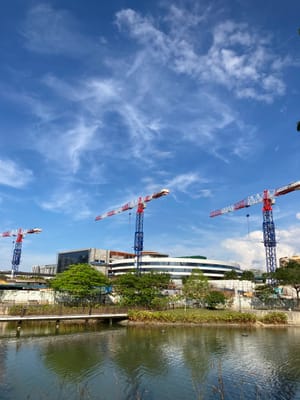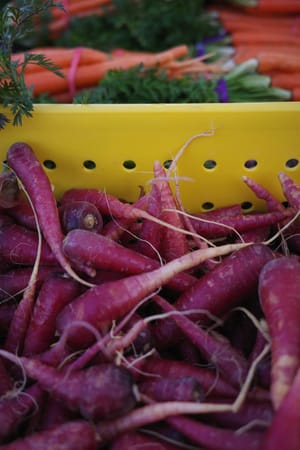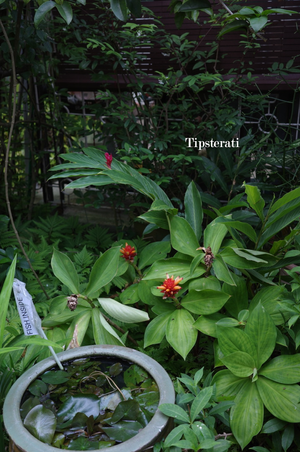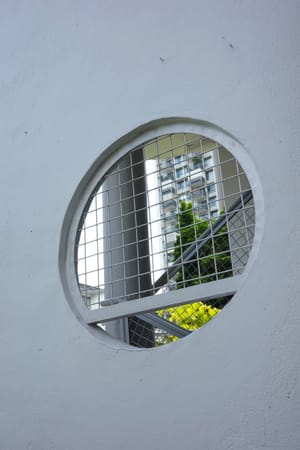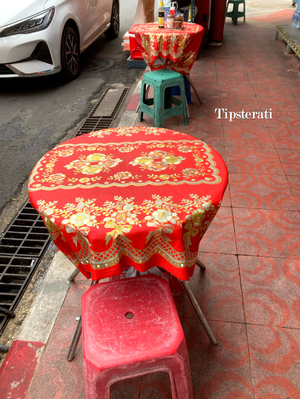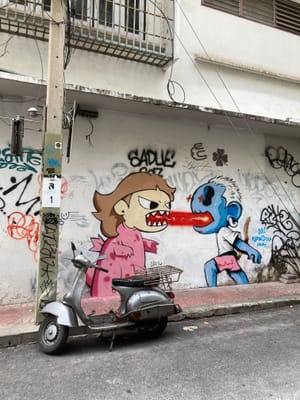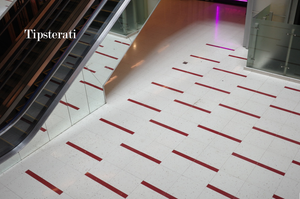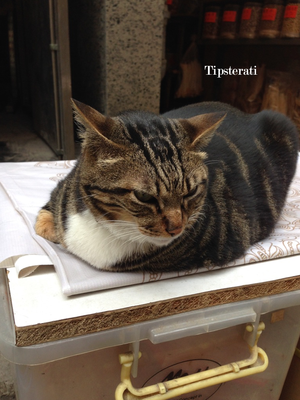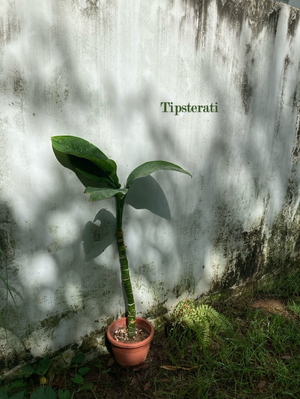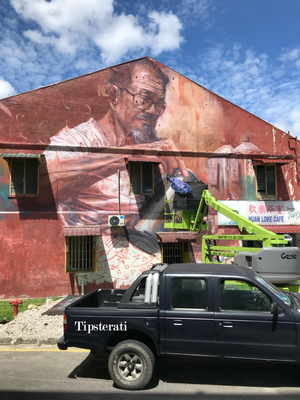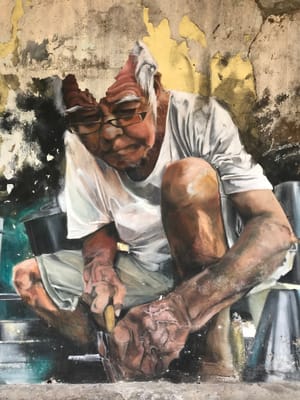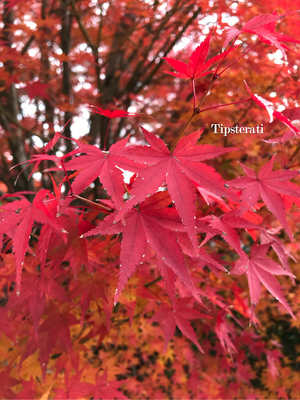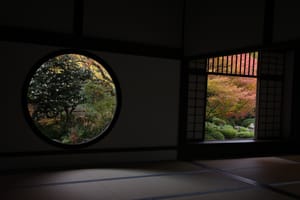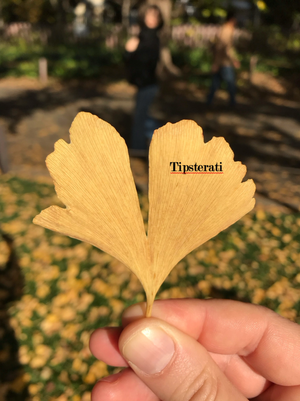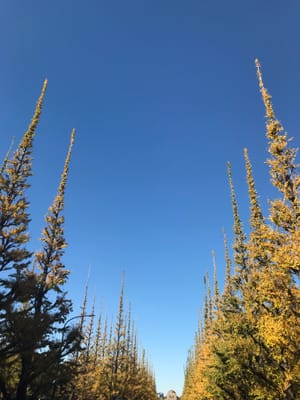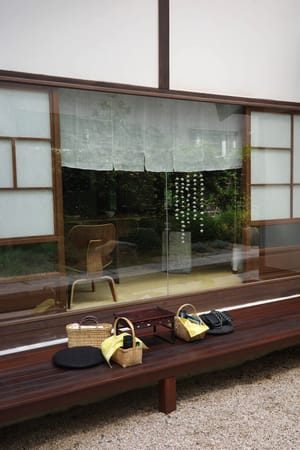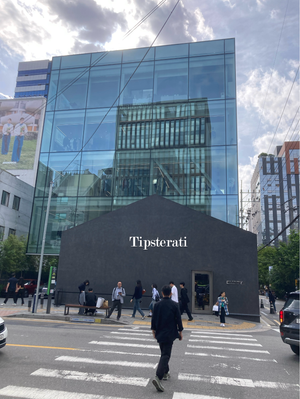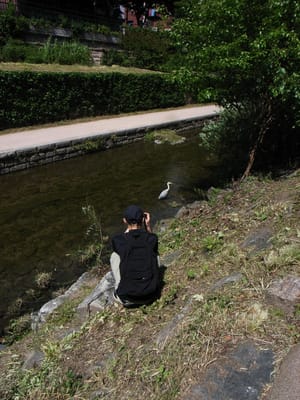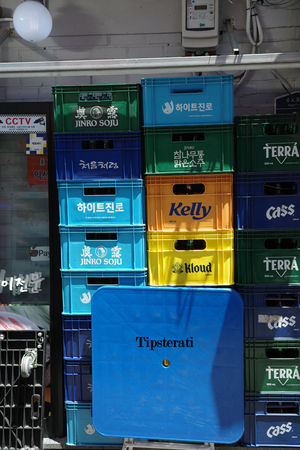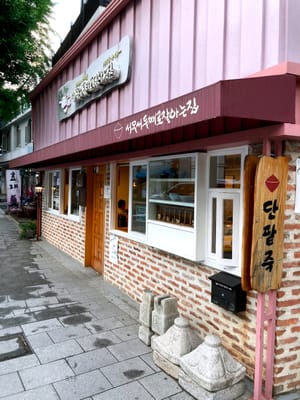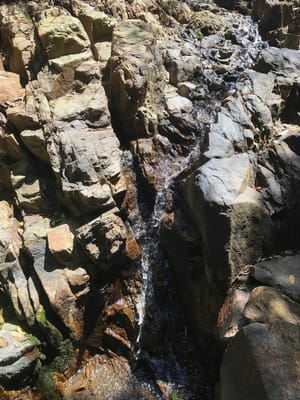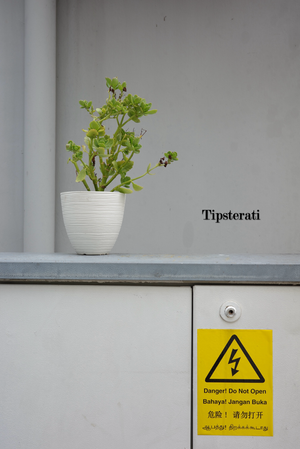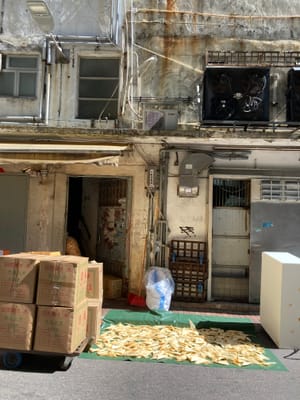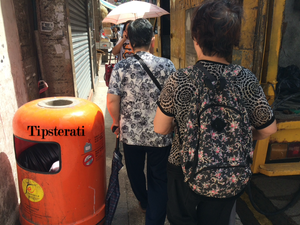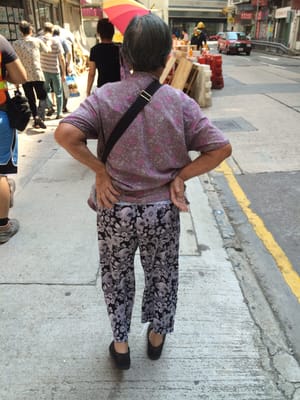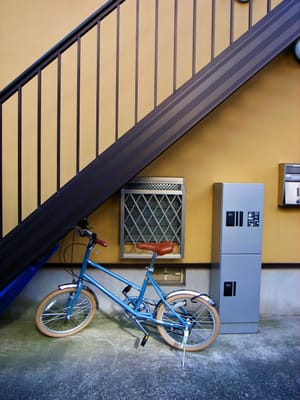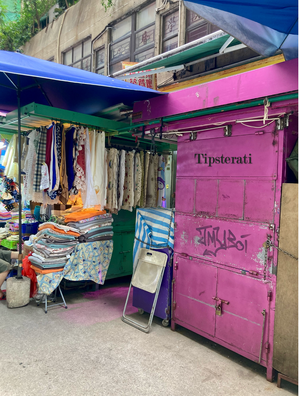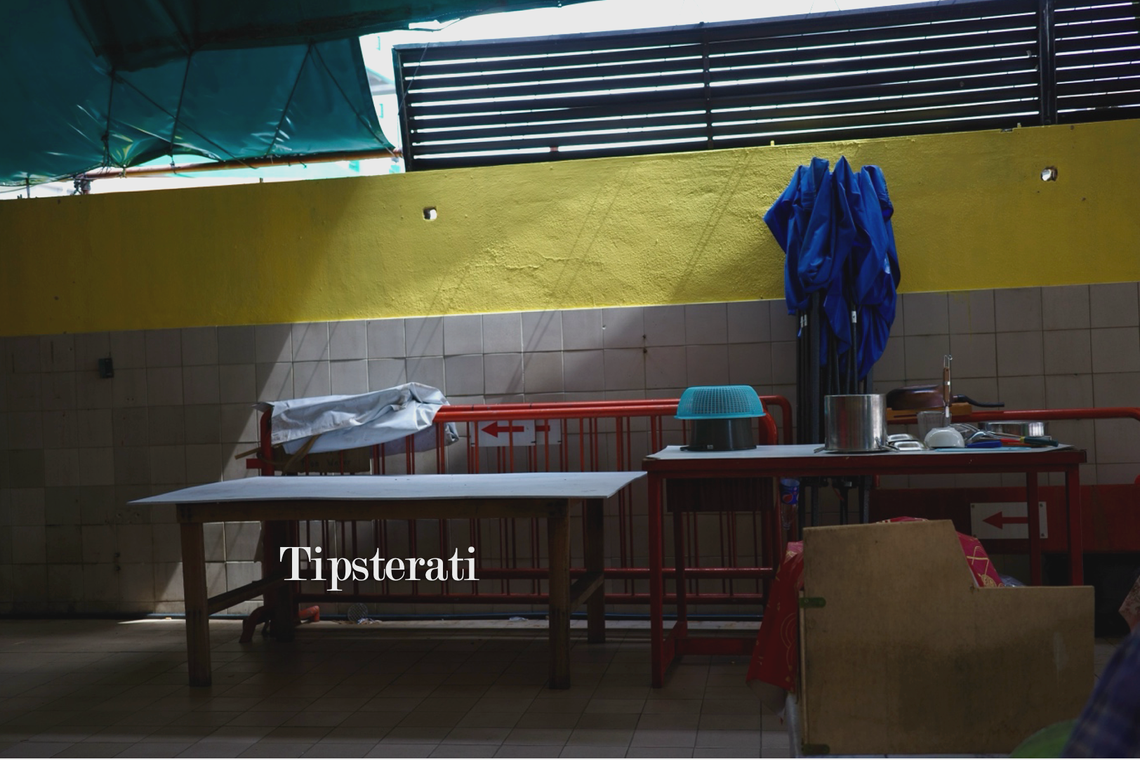
The Charms of a Small City: Kuching
Mention Malaysia and the East Malaysian states of Sabah and Sarawak in Borneo are unlikely to come to mind. For many, Malaysia means peninsular Malaysia; it means the bustling capital Kuala Lumpur, or historic Malacca with its Portuguese roots, or even the island of Penang with its famed Peranakan cuisine. We could make the argument, though, that Sabah and Sarawak are, in fact, the most interesting and intriguing regions of Malaysia. Located in Borneo, both states have a wealth of nature reserves and enviable examples of unique flora and fauna. For the plant lovers, there is the world’s largest flower, the rafflesia; and for the animal lovers, orangutans and proboscis monkeys. Demographically, there is a diverse population of Malays, Chinese, and Indians, as well as Dayaks, tribal peoples who bring expertise in jungle cuisine, handmade crafts, and the art of living with nature.
Sabah, being home to Malaysia’s tallest mountain (Mount Kinabalu) and a key site for ancient primary rainforests (Danum Valley), is better known. Sarawak and its state capital Kuching fly a bit more under the radar. If you are looking for a small city that is a little off the beaten track but full of good food, informative museums, and interesting day trips, Kuching will fit the bill well.
An additional attraction for me is a personal one. Kuching reminds me of the Singapore of my childhood—from the vintage tiles that decorate many a shop to the relaxed kopitiams (local cafes) to the taste of the food. I often complain that Singapore hawker fare nowadays has become too industrialised and homogeneous, the product of central kitchens that ship out sauces and key components in bulk to food stalls all over Singapore. In Kuching, the food is still painstakingly prepared by the individual owners and you can taste the difference it makes. It might seem plain to some palates, but there is an unmistakable purity to it and that comes from good technique, fresh ingredients, and rejecting culinary shortcuts.
Kuching is a good example of urban life in the slow lane. It’s cosmopolitan, generally efficient, and has nice, modern, air-conditioned malls to escape to in the heat, but modernisation and gentrification have not completely destroyed the old ways of life yet. There is a lovely riverfront promenade too that is perfect for evening strolls and a stunning modern bridge leading to the eye-catching, golden Sarawak Legislative Assembly building. People are genuinely warm and they seem to enjoy their relaxed pace of life. The city isn’t overrun with masses of people either, so there is room to take things easy and to breathe a little.






©Wendy Gan 2024
Where to stay
It’s a relatively pricey option given that Kuching is full of very affordable accommodations, but its location is extremely central, the rooms spacious, and the views of the river superb. The staff are friendly and the food is satisfactory (useful if you find yourself too tired after a long day of exploring). If you want to be right in the heart of Kuching, then this is the place to be. You can walk to Chinatown and Kuching’s Little India. Most of our recommended eateries are within walking distance or simply a 10-to- 15-minute car ride away. If you do stay here, be warned that most eateries closest to the hotel tend to close for dinner. You will very likely need a car to venture further out for dinner.
We contemplated booking this hotel but decided in favour of The Waterfront Hotel instead. I still think it has much to offer: it’s new, modern, and reasonably priced. Worth a look I feel if you are watching your budget.
Where to eat
Choon Hui Café
Choon Hui is a classic example of the kopitiam, or local café. It consists of several stalls: one selling Sarawak laksa, another hand rolled spring rolls called popiah, yet another noodles. You find a table, head to your chosen stall, and place your order. Your meal will be delivered to your table. Drinks follow a different protocol. Someone will eventually approach you at your table to ask for your drink orders. Choon Hui does a breakfast trade, so you must go early. When Anthony Bourdain came to Kuching, this was where he was taken to have Sarawak laksa (a noodle dish in a light seafood-inflected coconut broth) and the stall here does a good version of it.


L: Sarawak Laksa ©Wendy Gan 2024 R: Popiah ©Wendy Gan 2024
Kolo Mee Red at Tower Market
The other Sarawak classic is kolo mee (which comes in a red or white version). Springy egg noodles are tossed lightly in a sauce, topped with slices of char siu (roast pork) and a sprinkling of minced meat, and served with a clear soup on the side. This stall in the Tower market food centre is well known and you can tell from how focused the owner is on cooking the noodles that this is a master at work.
Pinggai Café
A modern eatery serving up a delectable menu of Dayak tribal cuisine. Items to try include the nasi ulam plate (a mixed plate of unusual vegetables with rice), the Dayak char siu, and the tempoyak (ferment durian) fried rice (this is for those who are a little more adventurous). Make sure to have the calamansi lime juice too.

Borneo Delights
A simple café with an excellent range of Bornean dishes from the ubiquitous Sarawak laksa to Dayak specialities like ayam pansuh (chicken cooked in bamboo). They have excellent fresh juices and also make (and sell) their own tuak, a local rice liquor.
Ah Yong ABC
Directly opposite Borneo Delights is an unassuming stall that sells ais batu campur, also known locally as ABC. It’s a bowl of jellies of varying textures topped with shaved ice that has been doused with santan (coconut milk) and gula apong (a palm sugar syrup distilled from the nipah palm that grows in the mangrove swamps). You will find ABC everywhere, but Ah Yong serves up a particularly elegant version. Neither too sweet nor too rich, with the jellies of different shapes and bite providing a lovely textural contrast, Ah Yong’s ABC is a very refreshing and refined dessert. Perfect after a morning or afternoon exploring in the hot sun.

Cendol Mami
Cendol Mami has a few savoury snacks on offer, but everyone is really here for the cendol—a bowl of green tubular jellies made from green pea flour topped with shaved ice, gula apong, and coconut milk. It’s a perfect pick-me-up on a hot day. If you like durian, make sure to get the durian cendol. Be aware: it will come with neon pink sticky rice. Located in a part of Kuching that is home to more Malays, a trip to Cendol Mani will also let you see a slightly different side to the city.


L: Regular cendol. The brown gloop is gula apong and the green noodles are the cendol jellies R: Durian cendol. The yellow pulp is durian puree. ©Wendy Gan 2024
Swee Kang Ais Kachang
If you enjoy the kopitiam lifestyle, then this is a good place to while away an afternoon. There are stalls that sell savoury items and you can pair their dishes with the sweet shaved-ice drinks and desserts that Swee Kang specialises in. The cendol is a popular choice, but many also like the White Lady, an icy drink that melds sweetness with tangy, fruity flavours.

A seafood feast is also often recommended as something to do in Kuching. We went to Topspot Food Court and had an uneven experience. The river prawns were fantastic, the stir-fried midin (fiddlehead ferns) was solid, but the stingray (also known as skate) was a bit wooden and disappointing. We were also recommended Muara Tebas Seafood by a friendly local, but did not have the time to go there.
Activities
This is the place to come to if you are interested in native crafts. Juliana Embrose herself is from the Bidayuh tribe and a beader and basket-weaver of note. In addition to retailing her own designs, she works with craftsmen and women from other tribes and sells their wares in her shop. If you are a collector, make sure to ask for her more special items. She has some very fine Iban textiles and antique baskets, which are not on display. Some of these are close to being museum pieces, with prices to match, but, for the non-collector, there are plenty of more affordable options available as well.
This is a wonderful private museum that is free to visit. The foundation is dedicated to preserving Iban traditions and artifacts and is both a museum and archival repository of Iban oral histories and other scholarly resources. The antique Iban textiles on display are superb and the bead gallery is extremely informative. What makes this space special is its workspace for contemporary Iban weavers. You will see weavers in action and, if they are not too busy, you can talk to them about the intricate processes involved in ikat weaving. If you have a passion for textiles, this museum must not be missed.
A new museum in a striking building with excellent exhibits showcasing Bornean tribal cultures and art. The short films on making belachan (shrimp paste) and tapping palm trees for gula apong are fascinating. Give yourself a few hours here to do the museum justice.

Nature
Kuching also has a lot of nature to offer from orangutan centres to mangrove swamp tours to hikes in national parks. We didn’t focus on this for our trip this time, but are looking forward to returning to explore Bako National Park.
Day Trips
An interesting excursion to consider would be one to visit a tribal longhouse. The local jungle tribes live communally in a purpose-built house and most tours will allow you to share a meal with the tribe and learn more about their way of life.
Tips
- Download the car-sharing app, Grab. This is Southeast Asia’s answer to Uber and you will need it to get around Kuching. There is barely any public transport to speak of, apart from a free tourist bus plying the major sites. Rides are very reasonable and drivers were unfailingly friendly.
- Make sure to check the opening and closing times of eateries before going there. Some are breakfast and lunch places only. Others only open later in the day for dinner. It’s easy to get caught out and arrive at a kopitiam only to discover that they are already closed. Make sure to check their rest days too. Most eateries are small, family businesses and Kuching owners rightfully value their day off.

